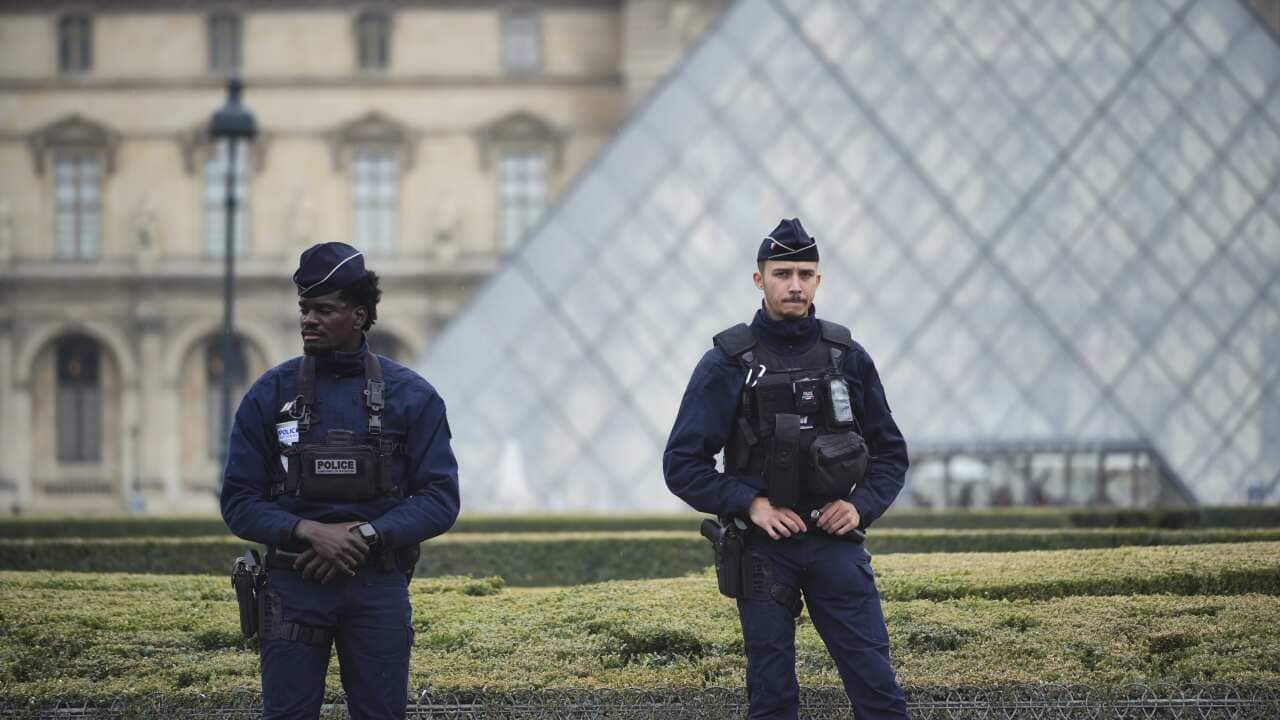French authorities have detained two of the suspected robbers believed to have stolen precious crown jewels from the Louvre museum in a heist that stunned the world.
Two men in their 30s and originally from the capital's Seine-Saint-Denis suburb — which includes some of the country's most deprived areas — were detained on the weekend, according to Le Parisien newspaper, which first broke the story.
They were known to French police, and one of the suspects was about to fly to Algeria from Charles de Gaulle Airport, the newspaper said.
There was no indication that any of France's stolen crown jewels had been recovered.
'Too early' for details
Paris prosecutor Laure Beccuau did not say how many people were arrested or give any more details about them. In a statement, she deplored the fact that information about their arrest was leaked.
"This revelation can only hinder the investigative efforts of the 100 or so mobilised investigators, both in the search for the stolen jewellery and for all the perpetrators. It is too early to provide any specific details," Beccuau said.
Four hooded thieves made off with eight precious pieces worth an estimated 88 million euros ($157 million) from the Louvre's collection on 19 October, exposing security lapses at the world's most-visited museum.
They broke in using a crane to smash an upstairs window during opening hours and escaped on motorbikes.
News of the robbery reverberated around the world, prompting searches in France over what some regarded as a national humiliation.
The stolen treasures included a tiara and an earring from the jewellery of Queen Marie-Amélie and Queen Hortense from the early 19th century.

An emerald-and-diamond necklace that Napoleon Bonaparte gave his wife, the Empress Marie-Louise, was stolen in the heist. Source: Supplied / Louvre museum
Built in the late 12th century, the Louvre Palace was the official residence of the kings of France until Louis XIV abandoned it for Versailles. It was turned into a museum for the royal art collection in 1793, four years after the French Revolution.
Its huge collection of masterpieces, including the Mona Lisa and the Venus de Milo, attracted 8.7 million visitors last year.
Share

